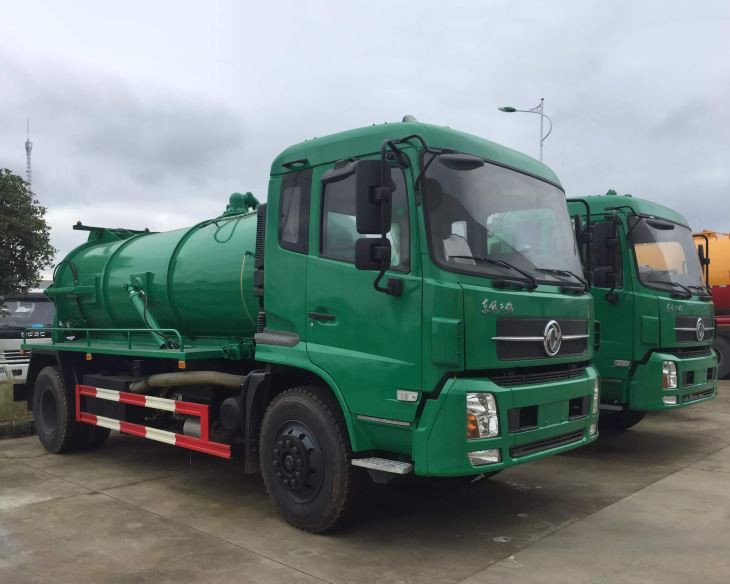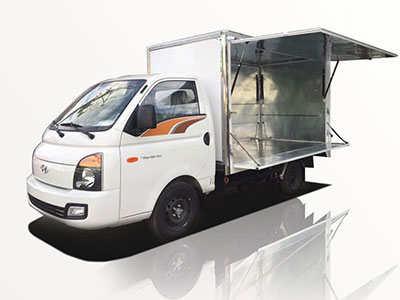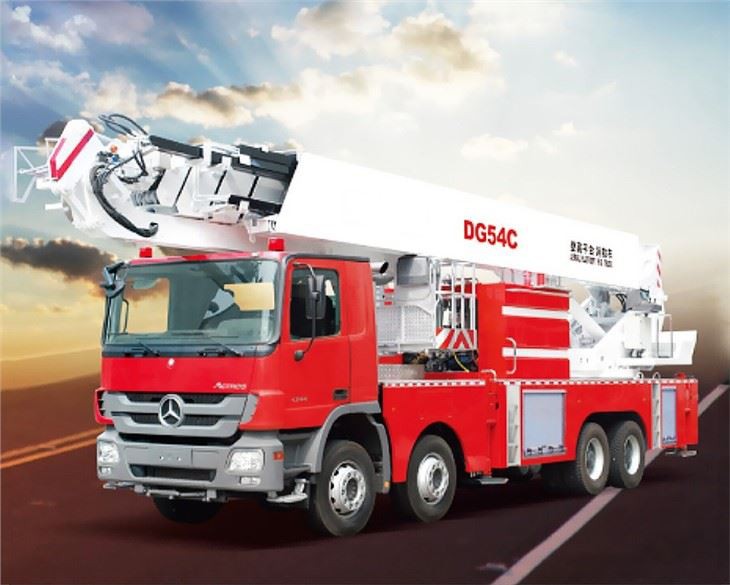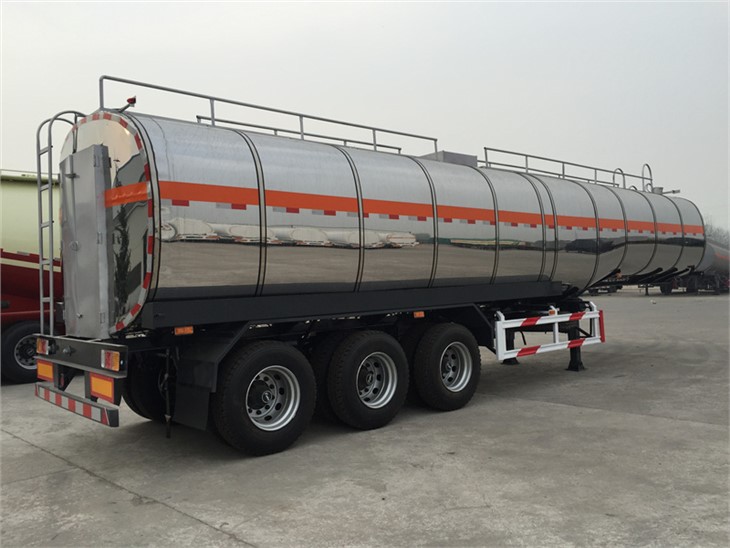Firefighters are often first responders in emergencies, saving lives and providing vital assistance during crises. Their success relies heavily on specialized equipment known as fireman rescue tools. In this comprehensive guide, we will explore the various fireman rescue tools, their functionality, best practices, and tips for effective emergency responses.
Understanding Fireman Rescue Tools
Fireman rescue tools encompass a wide range of equipment designed to assist firefighters in saving lives, accessing victims, and managing hazardous situations. These tools are essential for efficient and safe operations during firefighting and rescue missions.
Types of Fireman Rescue Tools
The most common fireman rescue tools include:
- Hydraulic rescue tools
- Rescue saws
- Rope systems
- Fire extinguishers
- Protective gear
- Lighting equipment
- First aid kits
Hydraulic Rescue Tools
Hydraulic rescue tools, often referred to as the “Jaws of Life,” are crucial for accomplishing rescue operations. These tools are primarily used for extricating victims trapped in vehicles or collapsed buildings.
Key Features of Hydraulic Rescue Tools
Hydraulic tools are powered by hydraulics, allowing them to exert tremendous force. The primary types include:
1. Hydraulic Spreaders
Used to pry apart materials, allowing firefighters to access trapped individuals. These tools can easily open car doors or create space in wreckage.
2. Hydraulic Cutters
These tools cut through metal and other strong materials, making it easier to extract victims from vehicles. They are often used to cut through seatbelts and bring down obstacles.
3. Hydraulic Rams
Used to push, pull, or lift heavy materials, hydraulic rams are excellent for stabilizing structures while rescuing individuals.
Best Practices for Using Hydraulic Tools
- Always ensure the tool is serviced and functioning correctly.
- Use appropriate PPE (Personal Protective Equipment) while operating these tools.
- Be familiar with the operational range of the tools to avoid accidents.
Rescue Saws
Rescue saws play a critical role in life-saving scenarios, especially during structural fires or vehicle extrications. The two main types are reciprocating saws and circular saws.
Types of Rescue Saws
1. Reciprocating Saws
Ideal for cutting through different materials like wood, metal, or plastic, reciprocating saws are versatile and essential in emergencies.
2. Circular Saws
Suitable for heavy-duty tasks, circular saws can cut through metal and are often used during structural rescue operations.
Practical Tips for Using Rescue Saws
- Ensure the saw is suited for the material you are cutting.
- Use proper cutting techniques to enhance efficiency and minimize accidents.
- Keep extra blades on hand for various cutting requirements.
Rope Systems and Their Applications
Rope systems are vital for rescue operations, especially in high-angle or confined space rescues. Firefighters utilize various ropes and anchors to secure individuals during the extraction process.
Types of Ropes Used in Rescue Operations
The most common types of ropes used in firefighting include:
- Static ropes: Ideal for climbing and lowering scenarios.
- Dynamic ropes: Designed to stretch and absorb shock impacts.
Setting Up Rope Systems
When setting up a rope system, firefighters must consider:
- The weight of the load being supported.
- The stability of anchor points.
- The safety of all rescuers involved.
Best Practices for Using Rope Systems
- Inspect all rope and hardware before use.
- Practice knot tying regularly to ensure proficiency.
- Ensure communication between team members for smooth operation.
Fire Extinguishers: The First Line of Defense
Fire extinguishers are one of the most critical tools available to firefighters and civilians alike. They help to manage small fires before they escalate into larger, uncontrollable blazes.
Types of Fire Extinguishers
Extinguishers are classified into several types, each designed to combat specific classes of fire:
| Type | Class | Use |
|---|---|---|
| A | Ordinary combustibles (wood, paper) | General use in homes and offices |
| B | Flammable liquids (oil, gasoline) | Commercial kitchens, garages |
| C | Electrical fires | Commercial and residential settings with electrical equipment |
| D | Flammable metals | Industrial settings with metal equipment |
| K | Cooking oils and fats | Kitchen settings |
Best Practices for Fire Extinguisher Use
- Know the location of extinguishers in your building.
- Regularly inspect extinguishers for functionality and date of service.
- Follow the PASS method: Pull, Aim, Squeeze, Sweep.
Protective Gear for Firefighters
Protective gear is essential for firefighters, safeguarding them against fire, smoke, and other hazardous conditions during rescue operations.
Essential Protective Gear Components
- Helmet: Protects from falling debris and impacts.
- Turnout gear: Designed for thermal insulation and protection against flames.
- Gloves: Provide grip and protect hands from heat.
- Boots: Offer lace-up support and thermal protection.
Best Practices for Maintaining Protective Gear
- Regularly inspect gear for damages and wear.
- Clean gear thoroughly after each use to prolong its lifespan.
- Ensure proper storage in a cool, dry place.
Lighting Equipment
Effective visibility is crucial during rescue operations, especially in low-light or dark conditions. Firefighters use various lighting equipment for illumination during missions.
Types of Lighting Equipment
- Flashlights: Portable and versatile for maneuvering in tight spaces.
- Scene lights: Provide bright light coverage over larger areas.
- Headlamps: Allow hands-free operation, ideal for tasks that require use of both hands.
Best Practices for Using Lighting Equipment
- Regularly check battery life to ensure readiness.
- Choose the appropriate lighting type for specific situations.
- Avoid shining lights directly into the eyes of victims or team members.
First Aid Kits for Emergency Response
First aid kits are essential tools carried by firefighters to address immediate medical needs during emergencies. They provide essential supplies to stabilize patients.
Common Items in a Firefighter’s First Aid Kit
| Item | Purpose |
|---|---|
| Bandages | To control bleeding and protect wounds |
| Gauze pads | To cover larger wounds |
| Antiseptic wipes | To clean wounds and prevent infection |
| Adhesive tape | To secure dressings or bandages |
| Scissors | For cutting tape, gauze, or clothing |
Best Practices for First Aid Kit Use
- Regularly check the kit for expirations and restock items as necessary.
- Stay knowledgeable about basic first aid techniques.
- Communicate with medical responders for effective transfer of care.
Frequently Asked Questions (FAQ)
1. What is the most essential fireman rescue tool?
The most essential fireman rescue tool varies depending on the scenario, but hydraulic rescue tools, such as spreaders and cutters, are often considered crucial for extricating trapped victims.
2. How do firefighters choose which tools to use in a rescue?
Firefighters evaluate the situation, including the type of emergency and environment, to select the appropriate tools that will help in the most efficient way possible.
3. How often should fireman rescue tools be inspected?
Fireman rescue tools should be inspected regularly, often monthly or before each shift, to ensure they are functioning properly and safe to use during emergencies.
4. Can the public use fire extinguishers?
Yes, the public can (and should) use fire extinguishers. It is essential to learn how to use them correctly for effective fire management before they escalate.
5. What protective gear do firefighters need during rescues?
Firefighters need helmets, turnout gear, gloves, and boots as part of their protective gear to safeguard against hazards present during rescue operations.
6. What types of fires require different extinguishers?
There are five classes of fire extinguishers (A, B, C, D, K), each designed for specific types of fires, such as ordinary combustibles, flammable liquids, and electrical fires.



